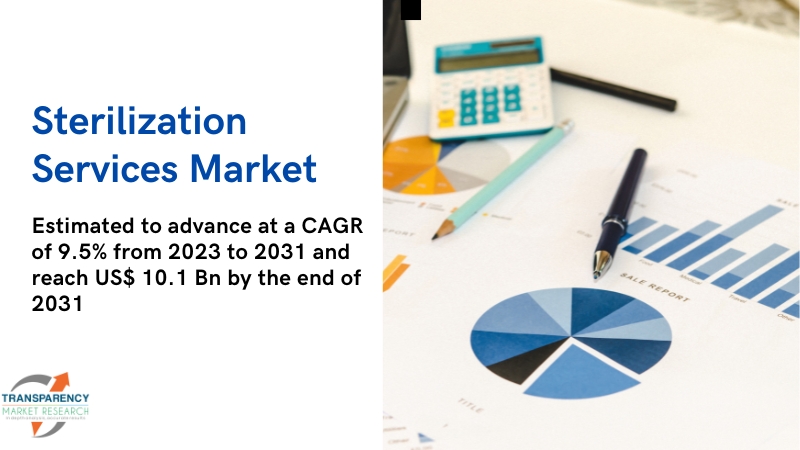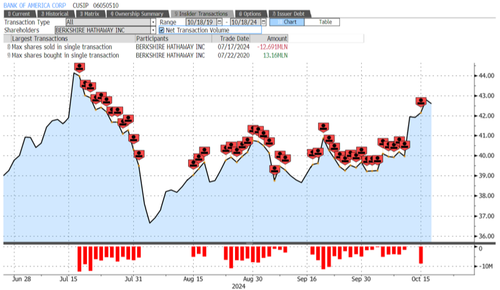
Latest News For many young professionals, saving for retirement might not seem like a pressing concern. It's easy to get caught up in the excitement of new experiences, travels, and spending your hard-earned money on things that bring immediate joy. However, the earlier you start saving, the greater your chances of building a substantial retirement corpus.
This article explores the power of starting early and how a simple monthly investment of Rs 10,000 through a Systematic Investment Plan (SIP) can grow into Rs 10 crore over time. We will delve into different annualized return scenarios to understand how long it takes to achieve this financial goal. The Power of Starting Early One of the most critical factors in building a sizeable retirement fund is the power of compounding, which Albert Einstein famously called the "eighth wonder of the world.
" When you invest money, it earns interest or returns, and over time, the returns themselves start earning returns. The earlier you start investing, the more time your money has to compound, leading to exponential growth. For instance, an investor who begins saving at age 25 has a distinct advantage over someone who starts at age 40.
The younger investor benefits from more years of compounding, which results in a significantly larger corpus by the time they retire. Is Rs 10 Crore Achievable with Rs 10,000 Monthly SIP? Let's break down the journey of a 25-year-old investor who commits to investing Rs 10,000 per month into a mutual fund SIP. We'll evaluate different annualized return rates-12%, 13%, 14%, and 15%-to understand the time it takes to accumulate a retirement corpus of Rs 10 crore.
On 12% Annualized Return If our investor earns a 12% annualized return, it will take approximately 41 years to reach the Rs 10 crore mark. By this time, the investor will be 66 years old. Here's how the numbers break down: Total Investment: Rs 49,20,000 (Rs 10,000 x 12 months x 41 years) Estimated Corpus: Rs 10,98,10,060 Long-term Capital Gains: ₹10,48,90,060 The long-term capital gains (profit made over the initial investment) amount to over ₹10 crore.
13% Annualized Return With a slightly higher return of 13%, our investor will reach the Rs 10 crore goal in 38 years, at the age of 63. Here's the breakdown: Total Investment: Rs 45,60,000 (Rs 10,000 x 12 months x 38 years) Estimated Corpus: Rs 10,16,34,541 Long-term Capital Gains: Rs 9,70,74,541 A 1% increase in the annualized return results in achieving the target three years earlier. 14% Annualized Return At a 14% annualized return, the investor reaches Rs 10 crore in just 36 years, making them 61 years old upon achieving this milestone.
The details are as follows: Total Investment: Rs 43,20,000 (Rs 10,000 x 12 months x 36 years) Estimated Corpus: Rs 10,20,60,795 Long-term Capital Gains: Rs 9,77,40,795 This scenario demonstrates how increasing the rate of return by even a small margin can shave off years from the investment journey. 15% Annualized Return Finally, if the investor manages to secure a 15% annualized return, they will hit the Rs 10 crore target in just 34 years, when they are a little over 59 years old. Here's the detailed picture: Total Investment: Rs 40,80,000 (Rs 10,000 x 12 months x 34 years) Estimated Corpus: Rs 9,91,46,868 Long-term Capital Gains: Rs 9,50,66,868 Achieving a 15% return accelerates the wealth-building process, proving that starting early and aiming for higher returns can make a significant difference.
Starting your investment journey early is crucial. The longer your investment horizon, the greater the impact of compounding, which is the primary driver of wealth creation in this strategy. Even a 1% difference in annualized returns can significantly affect the time required to achieve your financial goals.
While a 12% return might be feasible with traditional equity mutual funds, aiming for 13% to 15% could help you reach your target sooner. Consider a diversified investment strategy to improve your chances of achieving higher returns. Regularly investing Rs 10,000 per month may seem challenging at first, but maintaining this discipline over decades is what makes the difference.
Over time, you may be able to increase your monthly contributions as your income rises. Time in the market is more important than timing the market. Rather than waiting for the "perfect" time to invest, start as early as possible and allow your investments to grow over the long term.
What Can You Do to Maximize Your Retirement Corpus? Start Now: Don't wait until your 30s or 40s to start investing. Even small amounts invested regularly can grow into substantial sums over time. Choose the Right Investment Vehicle: Equity mutual funds tend to offer higher returns over the long term compared to other asset classes, making them an ideal choice for building a retirement corpus.
Review and Adjust Your Portfolio: Periodically review your investments to ensure they align with your financial goals. As you near retirement, consider shifting to safer investment options to protect your corpus..














